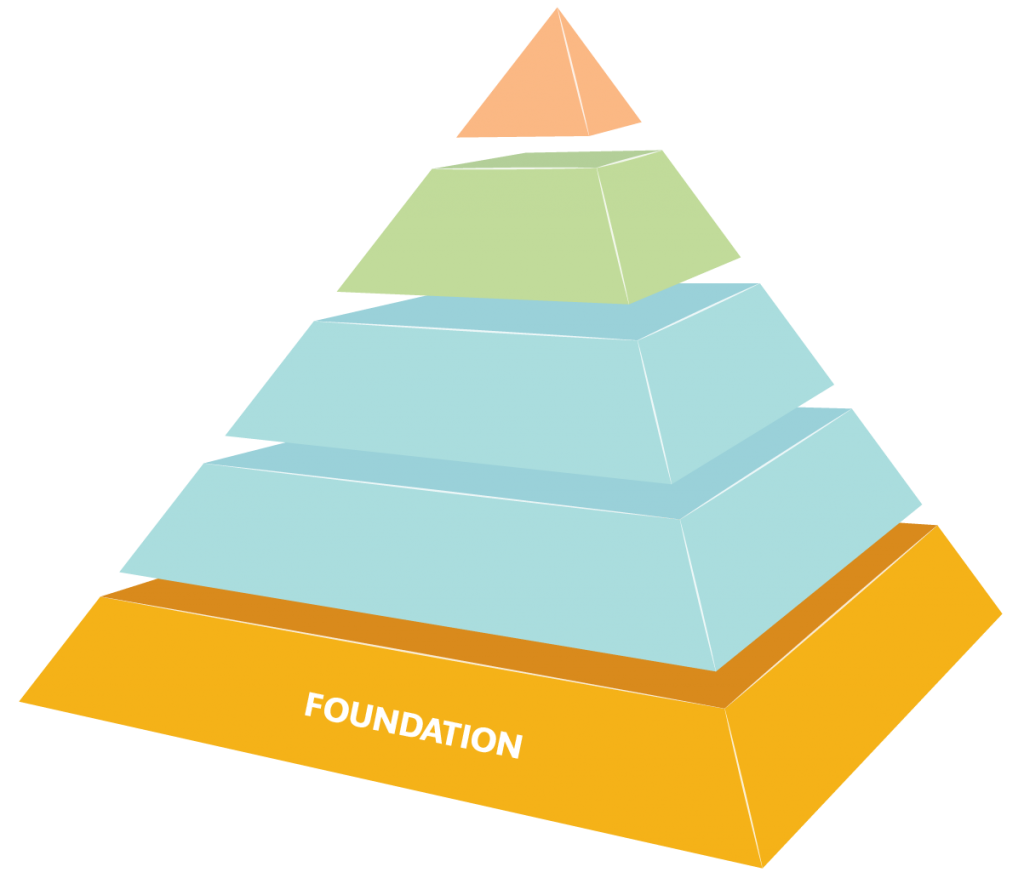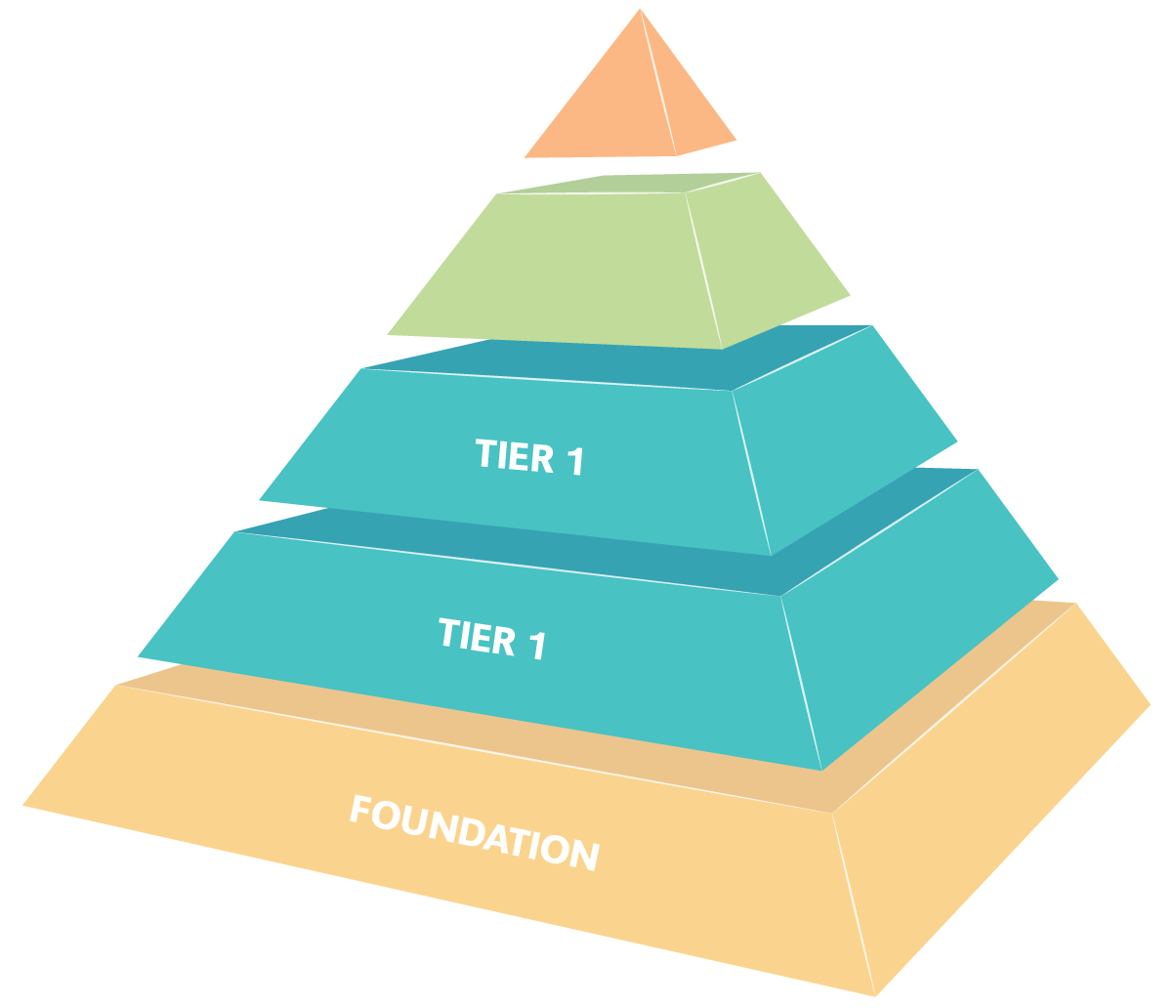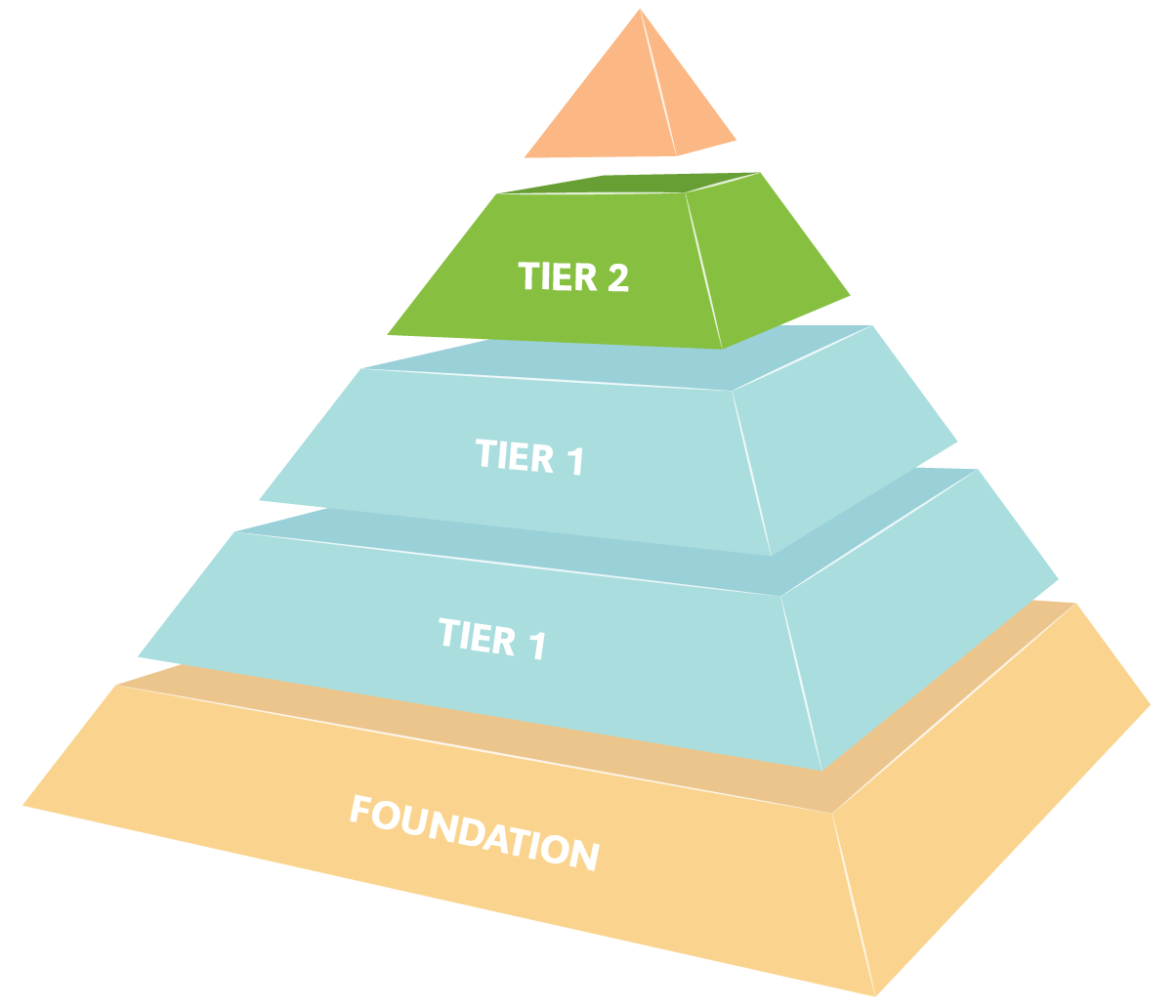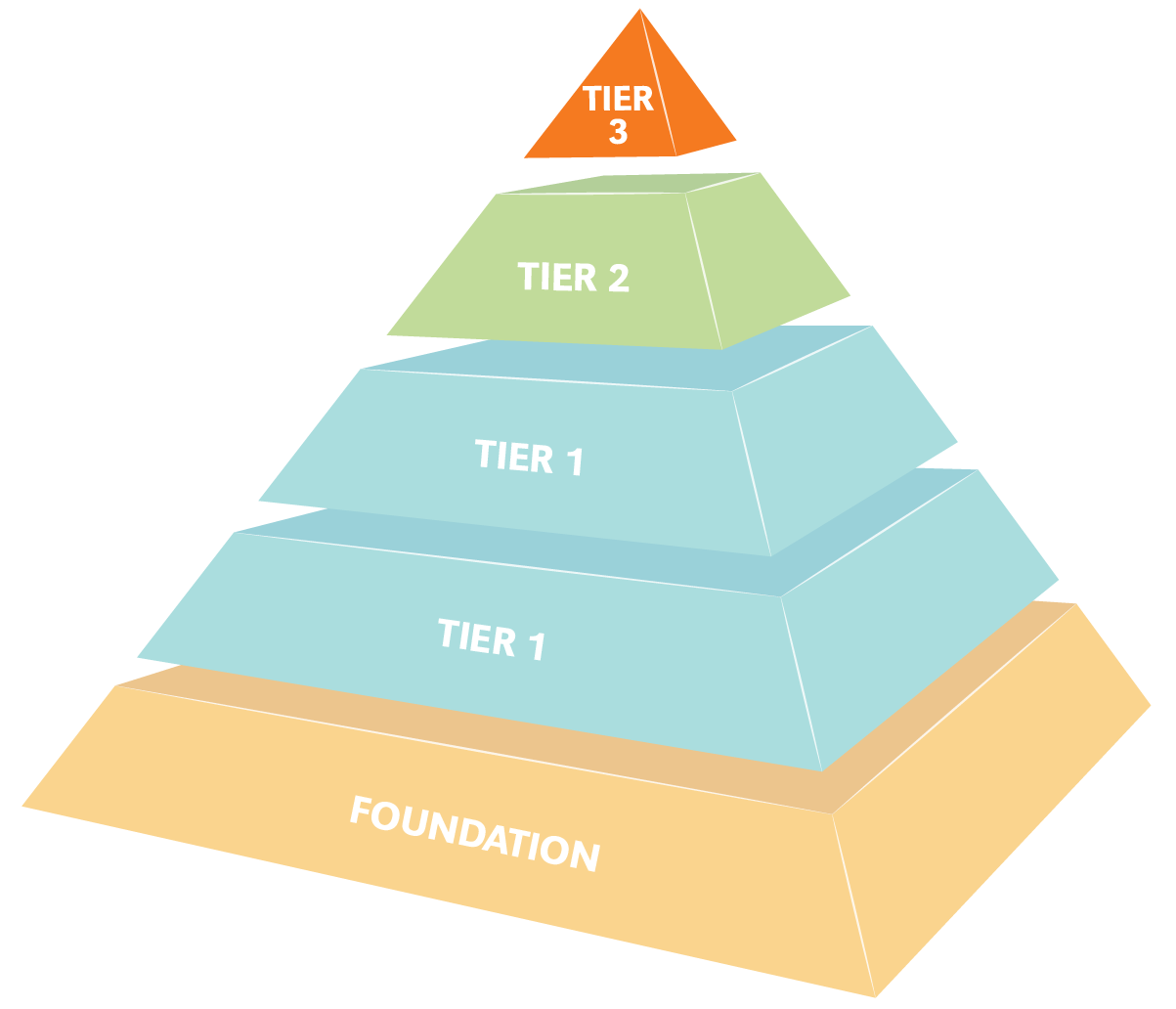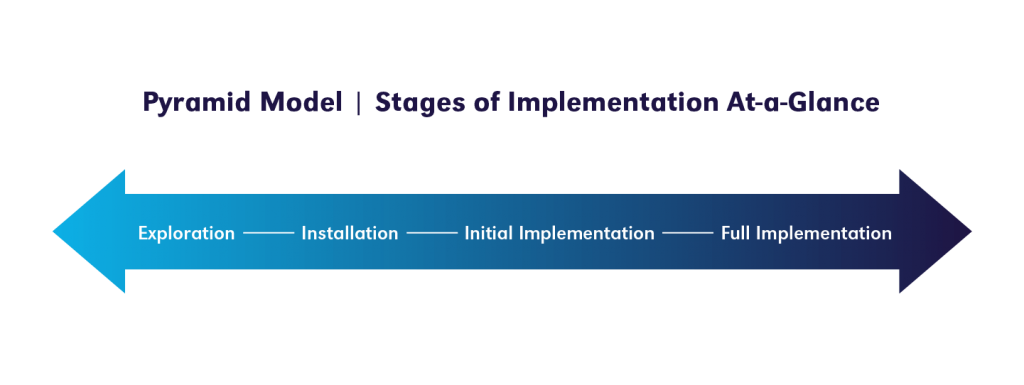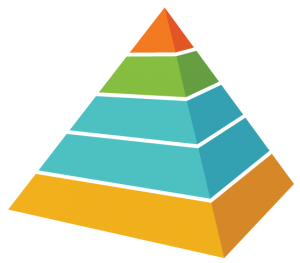
Promoting Social-Emotional Competence in Young Children
Why is the Pyramid Model Essential?
The Pyramid Model promotes educators’ competence and confidence to address the social, emotional and behavioral outcomes of young children from birth to age 5.
Other benefits:
- Addresses disparities in discipline practices.
- Promotes family engagement.
- Supports data use for decision-making.
- Fosters inclusion of children with, and at risk for, developmental delays and disabilities.
Who Benefits from the Pyramid Model?
When implemented with fidelity, children, families, teachers, support staff members and administrators benefit from the Pyramid Model.
- Develop relationships and partnerships with schools/programs.
- Gain additional knowledge to help promote social and emotional skills.
- Team with teachers to help children grow and learn.
- Partner with program to prevent and address challenging behaviors.
- Acquire additional skills to effectively support children’s social and emotional learning.
- Strengthen classroom management skills.
- Have additional information and resources to better support families.
- Experience consistent communication using common language regarding behavioral practices.
- Learn about and use consistent responses to challenging behaviors.
- Have stronger relationships with children and staff.
- Spend less time addressing challenging behaviors and removal of children from the learning environment.
- Experience increased time to support instruction.
- Share responsibility for addressing the social, emotional and behavioral needs of all children.
Hemmeter, M. L., Snyder, P. A., Fox, L., & Algina, J. (2016). Evaluating the implementation of the Pyramid Model for promoting social emotional competence in early childhood classrooms. Topics in Early Childhood Special Education, 36, 133-146.
Bradshaw, et al., 2010; Bradshaw et al., 2012; Horner, et al., 2009; Ross, et al., 2012; Safran & Oswald, 2003; Waasdorp, 2012.
Overview
What is the Pyramid Model Framework?
The Pyramid Model is a positive behavioral intervention and support (PBIS) framework that uses systems-thinking and implementation science to promote evidence-based practices for healthy social and emotional development of young children.
Programs use the Essential Components – aligned with the Essential Elements of NeMTSS – to create a layered continuum of social, emotional, behavioral support and intervention for children.

Supporting the Pyramid
The Pyramid Model is supported at the foundation by an effective workforce.
The foundation for all the practices in the Pyramid Model are the systems and policies that a program has in place to ensure a workforce is able to adopt and sustain these evidence-based practices.
Tier 1 | ALL
Tier 1 includes universal promotion/supports for all children through nurturing and responsive relationships and high-quality environments. At the universal level, we include the practices needed to ensure the promotion of the social development of all children.
- Nurturing and Responsive Relationships
- High-Quality Supportive Environments
Tier 2 | SOME
Tier 2 includes secondary prevention which represents practices that are targeted social-emotional strategies to prevent problems. The prevention level includes the provision of targeted supports to children at risk of challenging behavior.
- Targeted Social-Emotional Supports
Tier 3 | FEW
Tier 3 includes tertiary intervention which is comprised of practices related to individualized intensive interventions. The tertiary level of the Pyramid Model describes the need to provide individualized and intensive interventions to the very small number of children with persistent challenges.
- Individualized Intensive Interventions
Implementation and Support
Programs and communities that implement the Pyramid Model effectively use the evidence-based practices and develop a sustainable infrastructure to support the use of those practices.
Implementation Support
Interested in implementing the Pyramid Model? Early Childhood MTSS Implementation Regional Facilitators are available to provide support, including:
- Facilitating leadership team meetings to complete readiness measures and the Benchmarks of Quality.
- Providing consultation, facilitation, system development, including action planning and fidelity assessment services to the assigned region.
- Providing training and technical assistance opportunities for regional team members, school district, ESU and community professionals.
- Promoting and assisting in community-wide implementation of the Pyramid Model.
- Offering resources and strategies to support educators.
Contact Us
If you have questions, please contact your Early Childhood MTSS Implementation Regional Facilitator.

